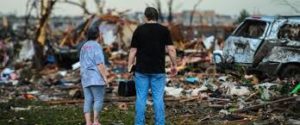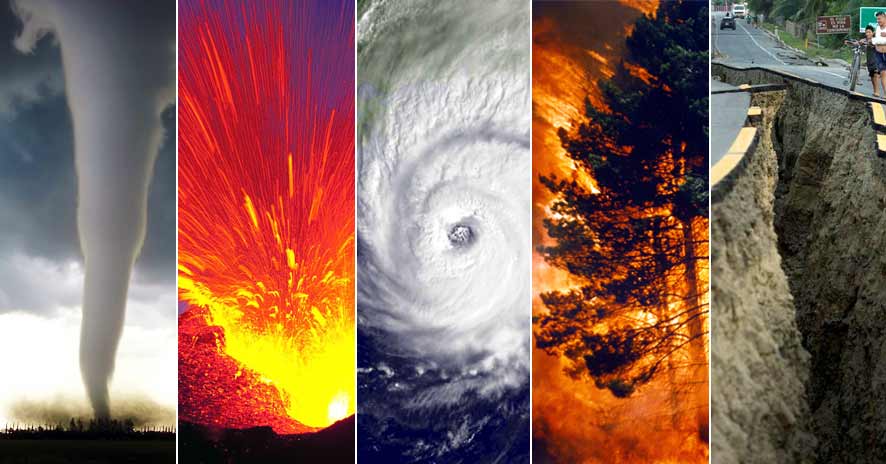 Whew! In the United States we are reeling from two major hurricanes and a massive forest fire out west. It seems as though all we have been witnessing the last few weeks is one disaster after another.
Whew! In the United States we are reeling from two major hurricanes and a massive forest fire out west. It seems as though all we have been witnessing the last few weeks is one disaster after another.
If you work with a non-profit that is directly dealing with those disasters, you are probably exhausted. I remember very clearly when Hurricane Katrina hit and I had several clients at the time dealing with that tragedy. It was non-stop for weeks. So hang in there – your donors need you during this time. I will give you some thoughts on how to reach out to them.
If you don’t work with an organization or institution that has a direct impact or has been impacted by these recent disasters, you may also be wondering what you should be doing differently with your major gift portfolio during this time. Let me attempt to give you some thoughts and practical ideas on what you can do in both situations.
For organizations affected by or working with affected areas of a disaster
- If you have donors that are actually affected by the disaster itself, your first priority is to contact your donors to make sure they are safe, and see if there is anything you personally can do to help. I have so many great stories of how non-profits have reached out to donors who have been affected by disasters, and later the donors say how meaningful it was that the organization just wanted to know they were okay and let the donors know they were thinking of them.
- Get as clear as you can about the situation. If your organization is working directly with victims of the disaster (human and non-human), you as a major gift officer should work quickly with your program and operations people to get an idea what is needed. If you have stories or pictures, that is also helpful.
- Start contacting your major donors — let them know personally what is happening on the ground, both through email and personal phone calls. If appropriate, start asking for emergency funds to help with disaster relief.
- Update your donors on a daily basis. In a disaster, things happen quickly. After you have made your first contact with your portfolio donors, you need to update them on a daily (perhaps hourly) basis to make sure you are giving them “insider” information. Pictures, video, and written updates are very important. This allows the donor to understand the need on the ground and how their gifts are being put into action.
- Ask again. As you know your donors, you will know which donors you can go back to again for another gift. Yes, that is right. Donors will continue giving if you are constantly communicating the need. Remember, your donors want to help, and they trust you. Give them the opportunity to help as much as they can.
- In the aftermath of the disaster… After a week or so, have an email prepared from the CEO or ED to give all of your major donors an update on what has happened and what continues to happen on the ground. Video here can be very effective.
- Continue to provide updates. Again, your donors are your key stakeholders, and they deserve updates about the ongoing work. Note that interest from donors may begin to wane, but it’s still your responsibility to continue to close the donor communications loop.
For organizations NOT working with or affected by a disaster
- Think about your donors first — are any of your donors possibly affected by the disaster? If so, reach out to them and offer any assistance you are able to.
- Communicate with your portfolio. Richard and I recommend that you reach out to your entire portfolio by email and by phone, encouraging your donors to support the relief efforts any way they can. You may even recommend a few non-profit organizations that you have researched, giving your donors links to support them. Yes, I did – I just told you that you should encourage your donors to give their money somewhere else.
- Do not stop cultivating and stewarding your caseload. While we may all be distracted by these disasters, that doesn’t mean you should stop doing what you have already planned to do. However, if there is a way to acknowledge the disaster and it’s appropriate, you should do so.
Fundraising in the midst of disasters can be confusing, delicate and difficult. But as a major gift fundraiser, your first response should be about your donors. Whether you are directly, indirectly or not at all affected by a disaster, communicating with your donors is absolutely essential.
Jeff
PS – To all those who are concerned for Richard (who lives on Marco Island, FL), he and his family are all okay. There was some minor damage to their house and downed trees, but no flooding. We are thankful that everyone is safe.







0 Comments
Trackbacks/Pingbacks